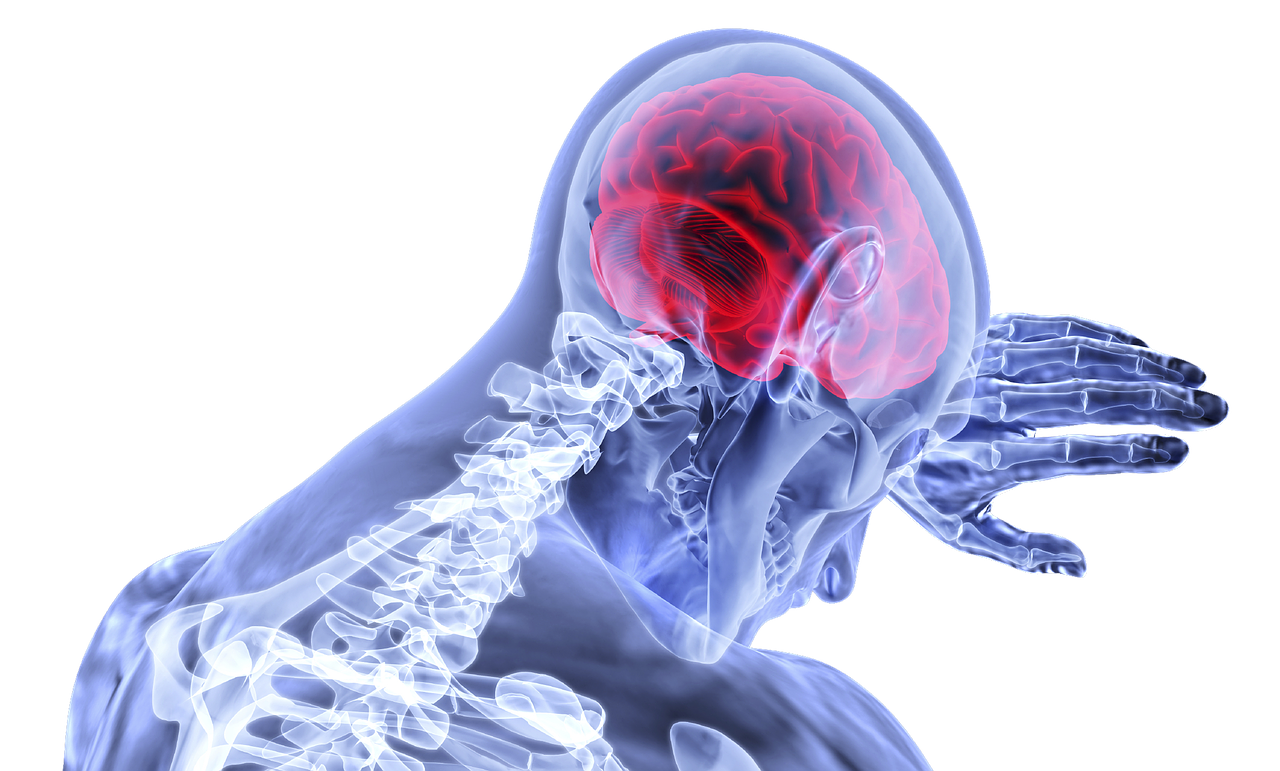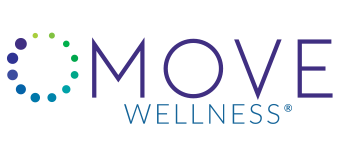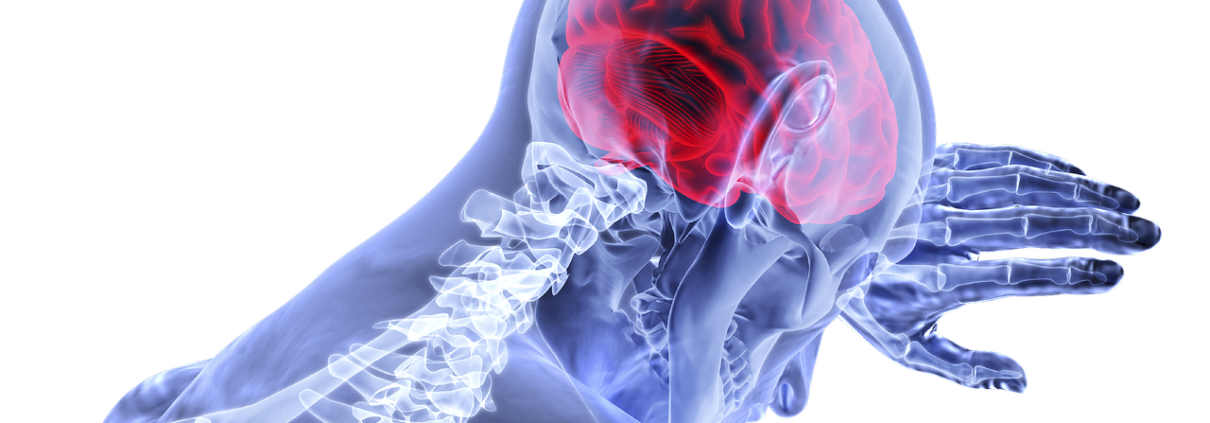Using Anatomy Knowledge to Learn About Our Bodies
Rectus Abdominis? Transversus? Psoas? If you find yourself wondering what in the world your trainers mean by these muscles, or why anatomy knowledge is even important, then this blog is for you.
Below, Julie Simpson PT, DPT, OCS, talks about the power of anatomy to uncover some amazing things about our bodies. She also talks about how being a Pilates trainer has made her a better Physical Therapist and some fascinating things we can learn about our own bodies. If you’re still on the fence about taking Julie’s Anatomy Course this November 17th, you won’t be after reading this.
How do you think a deeper understanding of anatomy (compared to just knowing superficial knowledge) enhances one’s practice, whether that be as a fitness trainer, PT, or simply someone trying to improve their health?

Pilates is a wonderful system to work the body but by knowing and understanding anatomy, how it is related, what the different muscles do and how they actually have to work systematically opens a beautiful world of knowledge. It takes a trainer from moving through the paces with a client to actually understanding so much more and then
ultimately helping the client achieve a different level of success. For example you have a client walk in with their shoulders to their ears (this is really common because so many of us hold our stress in our shoulders and necks.) As a trainer without the anatomy knowledge you know you need to cue them out of their elevated shoulder posture. You also know a handful of ways to do this but the piece of the puzzle you are missing is that there are specific muscles that downwardly rotate the scapulae, there are muscles that depress the scapulae, and there are muscles that retract the scapulae; by knowing what muscles you are working or need to work the exercises are endless. It is like fixing a car without actually running a diagnostics test. When you know your muscles, attachments and actions you can actually solve the problem at hand a whole lot faster.
What are some things people would be surprised to learn about their own anatomy? (e.g. do we all have a shorter foot? extra bones? etc)
We are all connected! No really, we are all connected! I know everyone knows that and says that but I cannot tell you the number of times I see someone with an ankle issue that actually started at their pelvis. Or that someone with limited shoulder flexion may actually have a rotation at their tailbone. I am in awe everyday by new connections I see or connections and strategies that bodies use to compensate. Everyone chases the pain, what I mean by that is you try and stretch the pain, put pressure on the pain, strengthen the area of the pain but the pain is a response to a problem somewhere along the system. Do not chase the pain, strengthening what is weak, stretch what is tight.
Often, there’s this idea that our anatomy is mostly genetically-determined. To what extent is this true? What about cultural influences? Besides losing body fat and gaining muscle mass, what else about your body can change?
So much in our lives can determine our anatomy. If you sat rotated to the right typing on your computer all day long for 5 days a week you will likely have a mid-back rotation to the right. When we sit in a posture ALL day long our bodies adapt that posture while we are standing, cooking, walking, etc. We have the potential to both evoke change for the positive or negative based on our movements and positions.
As a physical therapist, you are able to bring that deeper perspective to Pilates which I’m sure has been so important to the quality of care your clients receive. If we flip that – has Pilates influenced the way you approach PT at all? Has your experience as a Pilates trainer taught you things about the human body that PT has not?
ABSOLUTELY! Pilates is a system that allows me to look at the body as a whole, it allows me to teach clients how to work their entire body and not just one area or zone. Every one of my PT clients learns many if not all of the Pilates principals. Pilates trainers have such a gift at doing this naturally.
Name top 1 or 2 important muscles that people would never think to work out but that play a huge role in our biomechanics.
Multifidus – Now this is not a muscle I “work-out” per say but it is a muscle that commonly needs to be retrained. The multifidus will quickly atrophy with back pain, surgery, or a small shift in the spine.
Foot intrinsic muscles with the posterior tibialis – Again there are not little weights for those little muscles. It is about training the brain to understand how the foot needs to work to avoid placing extra stress or strain through the knee, plantar fascia and hip.




Leave a Reply
Want to join the discussion?Feel free to contribute!